Theoretical Framework: Inspired by Marcus Jack’s lecture on curating time-based media and Erika Balsom’s reflections on the materiality of moving images, this revision integrates “temporality” and “power dynamics” through “ephemeral mediums” and “data self-destruction mechanisms”, transforming the exhibition into a critique of intimacy in the digital age.
Exhibition layout and circulation design
1. Entrance Area: The convergence of biometric recognition and intimate power
Artist: Jamie Crewe
Work: False Wife (2022)
Layout design
• Biometric interactive installation: After entering the exhibition, visitors place their palms on the “biometric sensor”, where real-time body heat is converted into abstract color blocks and projected onto a dynamic grid called “dynamic fingerprint”. In the “Dynamic fingerprint” projection, the image elements of False Wife are integrated, such as distorted faces and blurred boundaries, symbolizing the fluidity of identity and the power dynamics in intimate relationships. Set up a screen beside the device to play text or voice related to False Wife and guide the audience to think about identity and power issues in intimate relationships.
2. Main Exhibition Area: Liquid Narrative and Data Cremation Ceremony
Artist: Margaret Salmon
Work: Hole (2018)
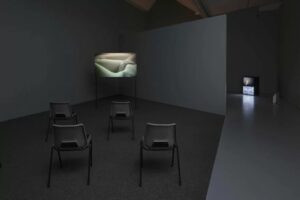
Layout design
• Immersive environment: Set up a closed space in the main exhibition area to play clips of Hole, creating a warm and comfortable atmosphere, allowing the audience to immerse themselves in the expression of love.While watching the film, the audience can select key words (such as “control” and “dependence”) by touching the screen or sensing devices. These key words will be projected onto the central screen and burned in pixelated flames, symbolizing the flammability and anonymity issues of emotional data.Combining the audio materials of Hole, play sounds related to intimate relationships, such as breathing sounds and heartbeats, to enhance the emotional resonance of the audience.
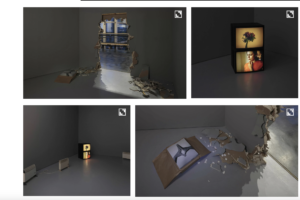
3. Circular projection area: Time Slice and Montage violence
Artist: Rachel Maclean
Work: Spite Your Face (2017)
Layout design
• Dynamic Display: In the circular projection area, set up a rotating projection device to display selected works from the Masc series in a loop.
When the audience approaches the projection, the motion sensor will pause the playback and display detailed information about the work, such as file format, copyright status, restoration history, etc., emphasizing the transience of intimate relationships in the digital age.
A scannable QR code is provided, allowing viewers to download clips of the work. These clips will self-destruct within 24 hours, demonstrating that the democratic promise of digital distribution is a disguised cultural evaporation.
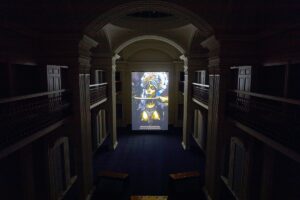
4. Basement: Archaeology of Expired Memories and Noise
Artist: Mike Kelley
Work: Unfinished Archive (Conceptual Work)
Layout design
• Expired memory Server: Set up a USB drive shaped like a vintage tape and invite the audience to record a one-minute voice memo (confession, quarrel, silence). The file was marked as “rotting within 7 days”, and through algorithms, it was degraded into tape noise and integrated into an environment similar to the Tramway industrial soundscape. Infrared visual experience: The audience wears infrared glasses and observes fragmented text that fuses with body temperature, echoing Mike Kelley’s view: “Intimacy is an unfinished archive that constantly rewrites itself into oblivion.”
To acknowledge Kelley’s influence, i will include a citation in my exhibition materials, such as:
Inspired by Mike Kelley’s concept that “intimacy is an unfinished archive that constantly rewrites itself into oblivion,” this installation explores the transient nature of personal experiences in the digital era.
This citation serves to credit the conceptual inspiration without necessitating the use of copyrighted materials.
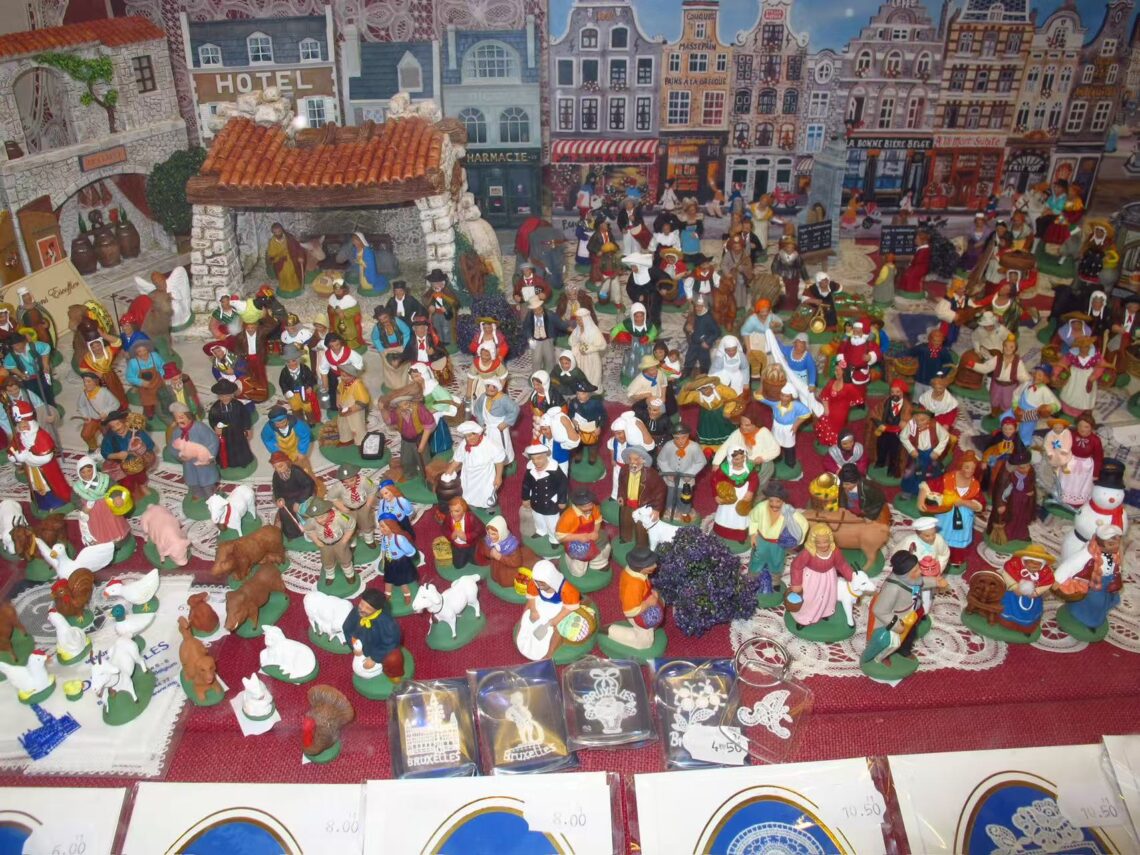

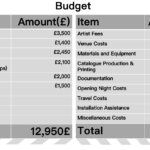

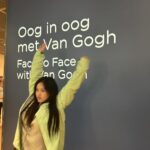

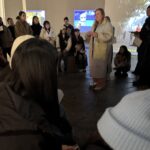



Beichen Huang(黄 北辰)
24 March 2025 — 11:58
To Zihan Fu(Zephyr):
I’m really glad to have the chance to further discuss your curatorial project—we briefly talked about it before.
Your exhibition is a critically powerful experiment on intimacy. From the use of “alcohol consumption to generate and burn keywords” (Week 5) to the “tactile metaphors of violence through sandpaper and tape” (Week 6), you’ve gradually constructed a multi-layered and constantly evolving theatrical space. I especially appreciated your changes in Week 8, where you simplified the process. As we discussed before: overly complex procedures can undermine the curatorial theme. Not only did you make necessary changes, but you also declared them with clarity—which is excellent!
From your descriptions, I can envision a force field where intimacy becomes something touchable, perceptible, and even retaliatory—interwoven through anonymity, thermal sensors, and data self-destruction. In this entanglement of technology, the body, and emotional presence, your exhibition does not only present intimacy—it reveals its mechanisms of control and consumption.
I particularly admire your statement in Week 6: “This is not liberation, but a meticulously designed power game—technology becomes the new curator, and the audience becomes complicit through the expenditure of body heat.” It powerfully echoes Claire Bishop’s critique in Artificial Hells of “passive freedom” in participatory art, and subverts Nicolas Bourriaud’s ideal of touch as egalitarian connection—you used sandpaper and adhesive tape to show that touch can comfort, but also wound.
That said, I think there are TWO aspects that could be further developed:
1. How does your curatorial mechanism convey your core argument?
Your project may need to reconsider the threshold of comprehension for your audience. Your use of theory is rich and well-integrated—from Erika Balsom’s reflections on the temporality of moving images (Week 8) to Boris Groys’ idea of the “audience as trigger of events” (Week 6). However, the exhibition shifts rapidly between the bodily dimension of intimacy and the temporal logic of digital power, which might overwhelm some visitors. Perhaps some supporting tools, such as a curatorial guide or didactic panels, could assist in grounding these transitions?
2. Can your curatorial process be realistically completed?
You might also need to reflect on the feasibility of your participation flow. The tiered structure you proposed in Week 6—where visitors must complete the “Frida’s Vein” cocktail challenge to receive a Wooclap code, and only then enter the anonymous dialogue booth—does align with Bishop’s notion of antagonistic participation, but it may also create feelings of exclusion.
As Shannon Jackson states in Social Works, the ethics of participatory art lie not in constructing barriers, but in building “supportive structures.” Could you integrate “buffer pathways” or “alternative routes” within your system, allowing audiences different ways to access the core experience? This is, after all, a bar—how will you encourage participants to engage with your curatorial vision, rather than abandoning it midway due to fatigue, disinterest, or confusion? And practically speaking, how will you acquire the necessary equipment and software? Are there precedents, or at least some demonstrable proof of feasibility?
Overall, this is an impressively developed and highly original curatorial project—one that challenges not only the boundaries of exhibition space but the boundaries of emotion itself. I genuinely look forward to seeing how you continue to explore the ethics of “temporary power” in future curatorial work.
Here’s the link to my own curatorial reflection blog. I may update the content further, but if you’re curious and want to discuss, feel free to check it out: https://blogs.ed.ac.uk/s2558598_curating-2024-2025sem2/2025/03/24/peer-review-of-zihan-fuzephyr/